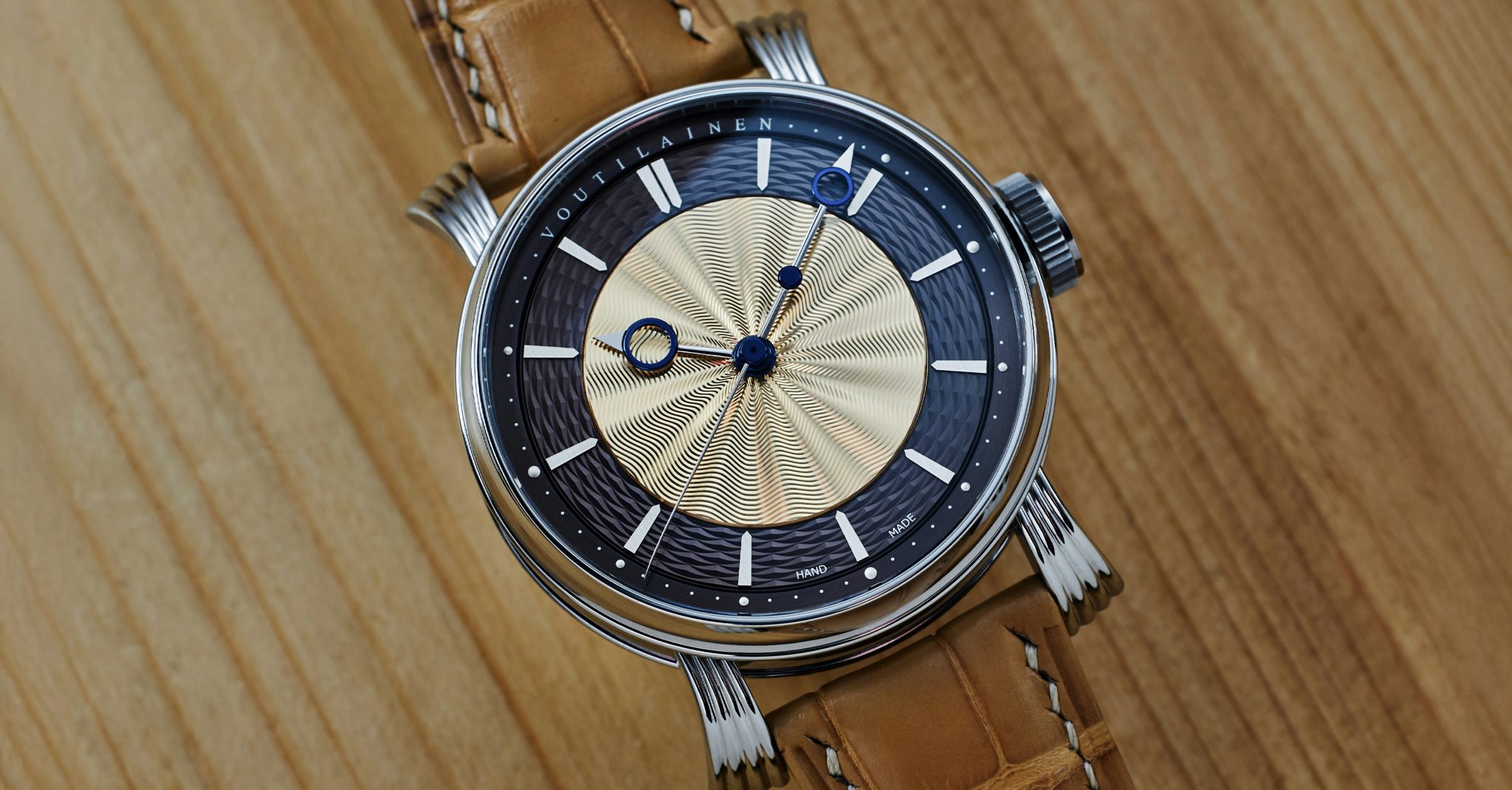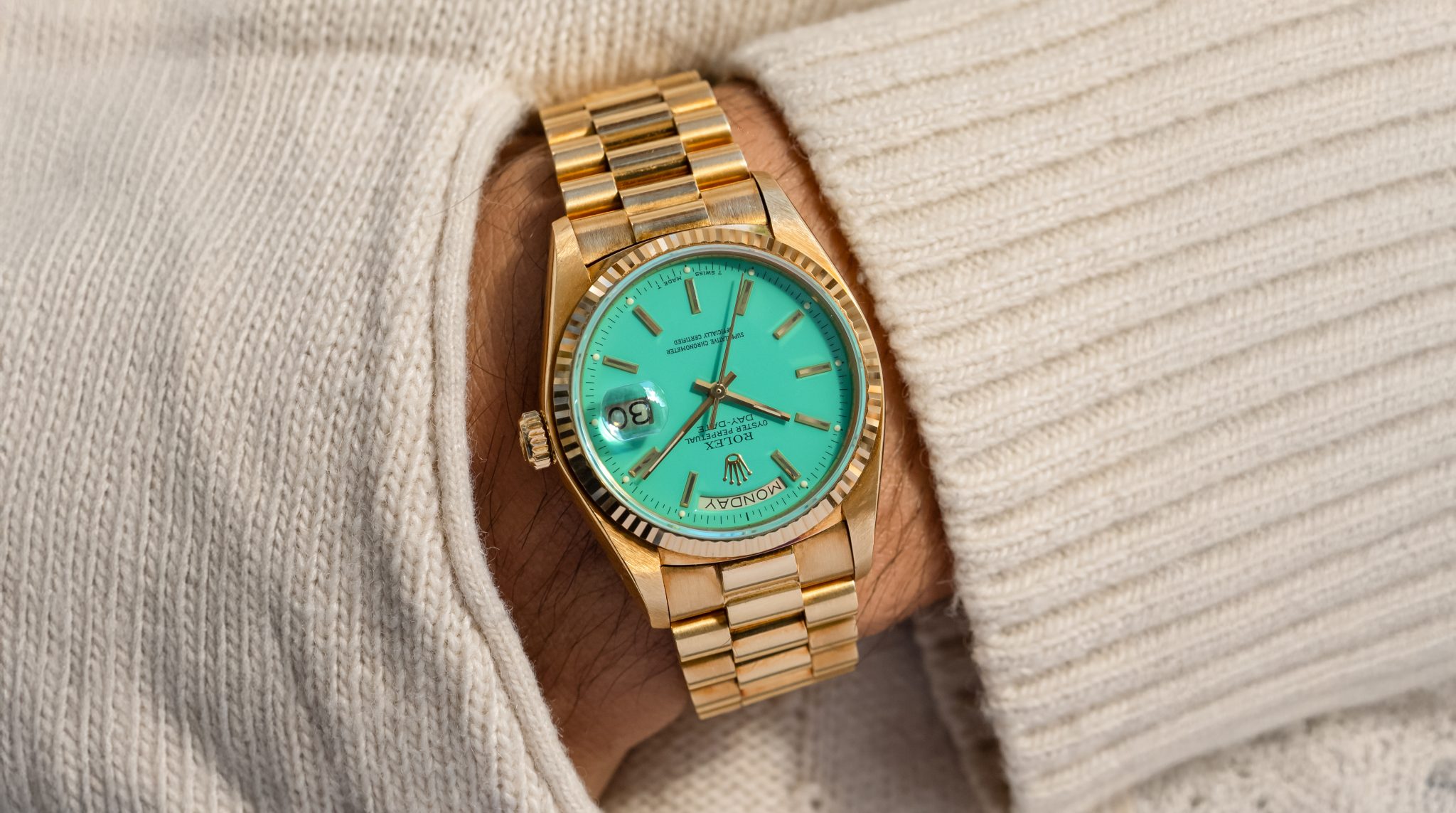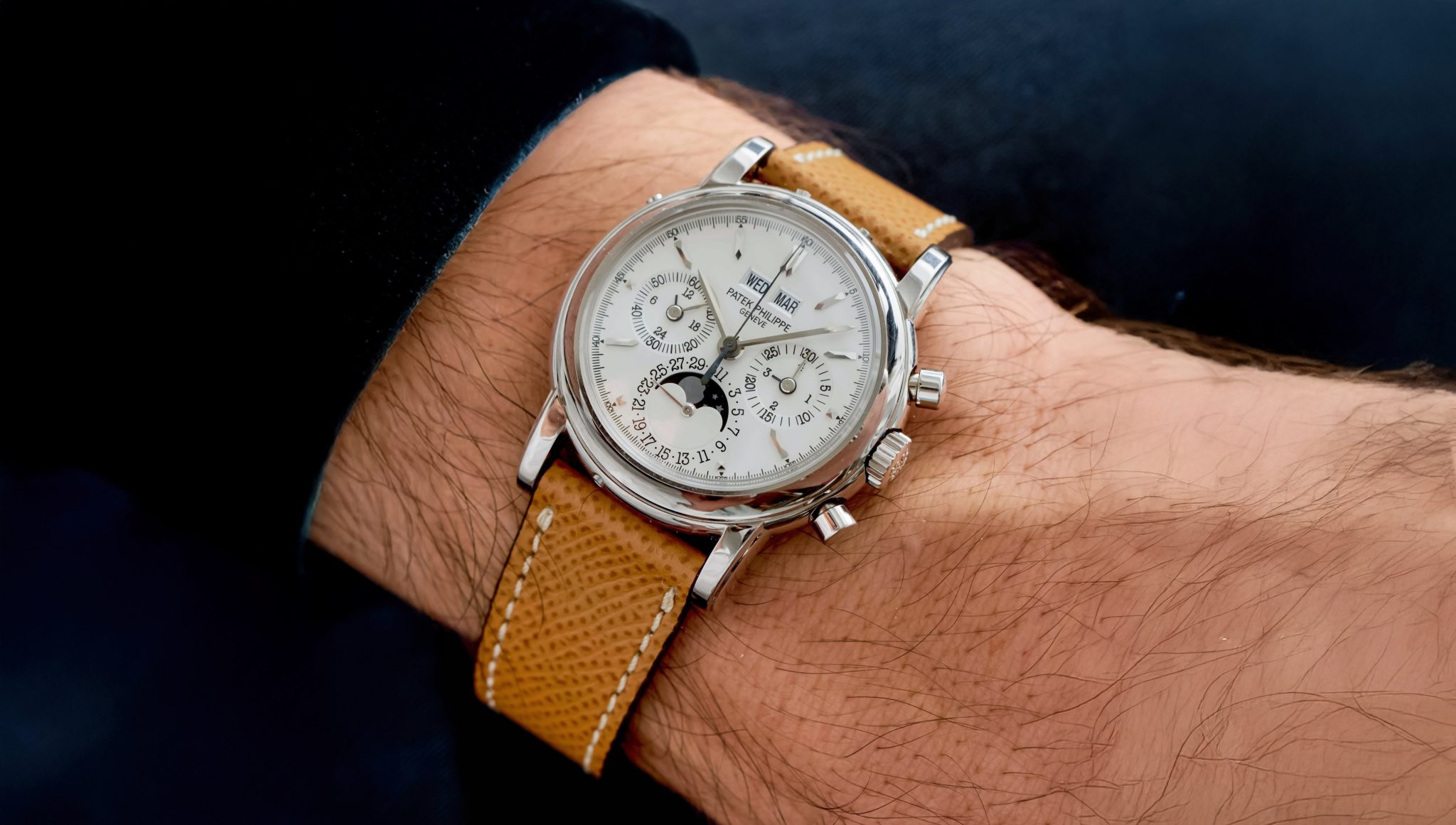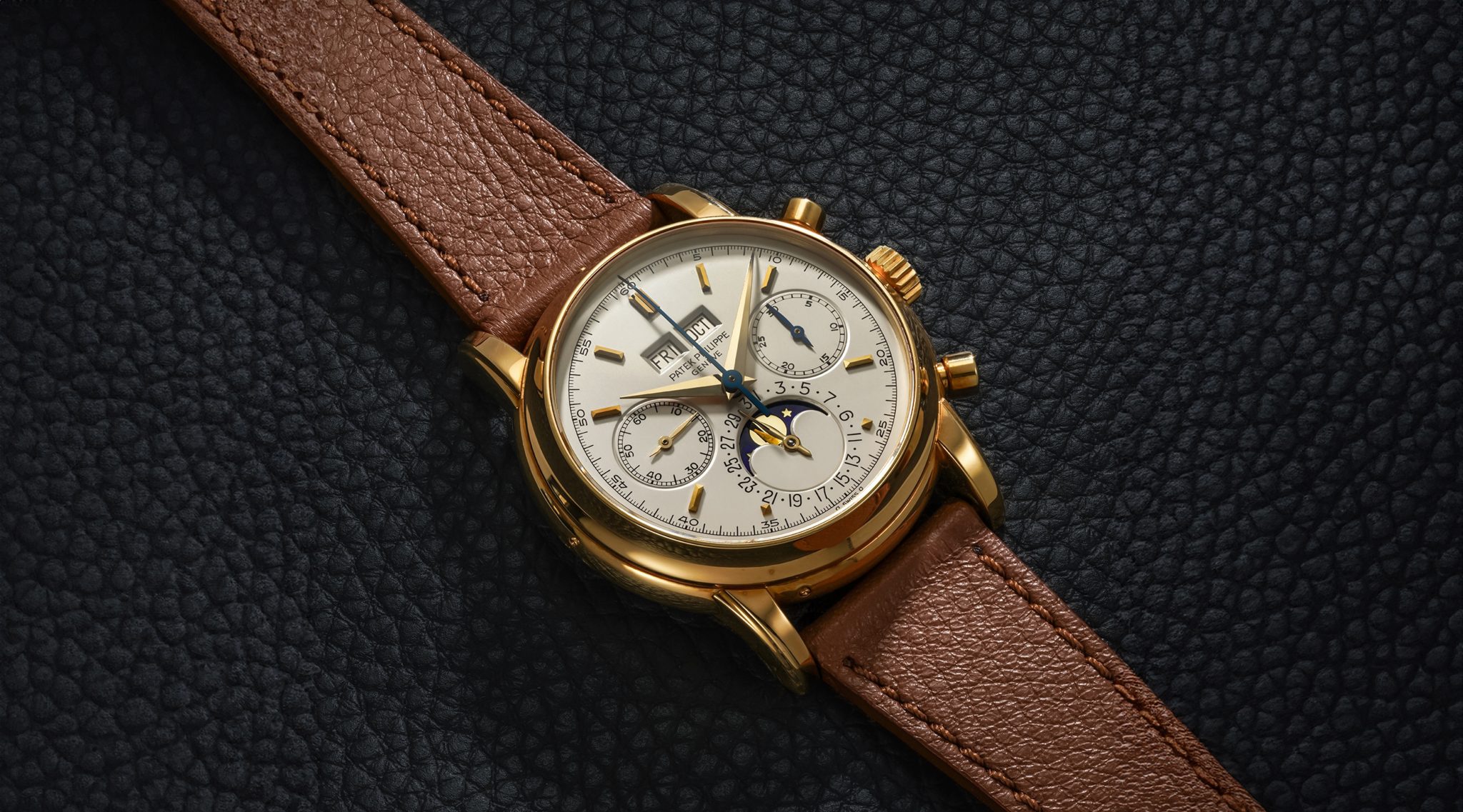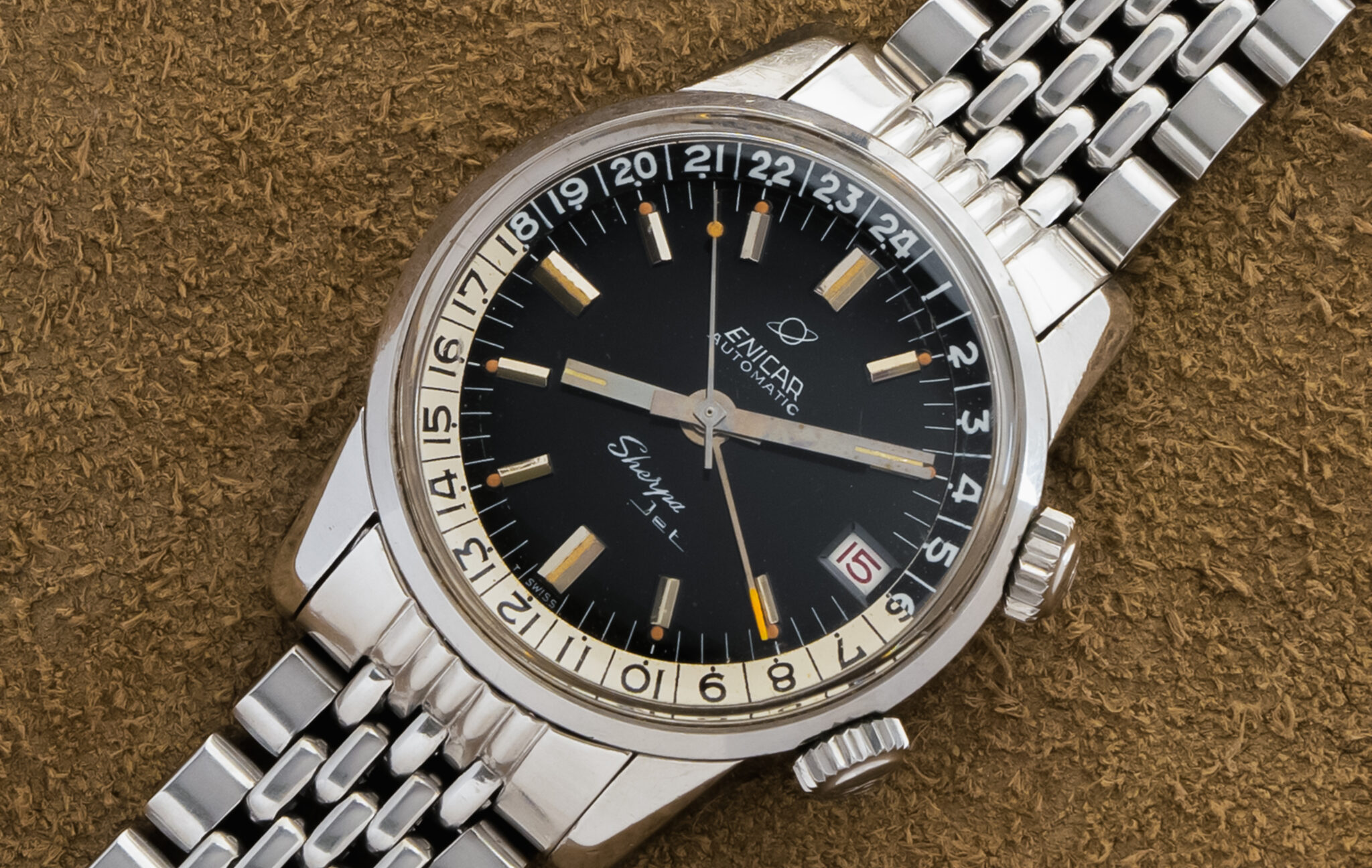
Mk1 Enicar Sherpa Jet GMT
A small but vocal section of the vintage watch collecting community has for years tried to make the case that Enicar’s sport watches from the 1960s and 1970s measure up to their counterparts from Rolex and Omega. This Sherpa Jet can and should be Exhibit A in their case. This reference 126/002, circa 1964, was purchased by a U.S. Marine that served as a fighter pilot throughout his military career, including a stretch at the Marine Corps Air Station in Iwakuni, Japan. While there are not many known examples of Enicars that saw military service, one can see how this watch would fit the bill for a pilot in the 1960s: a robust and waterproof Super Compressor case from EPSA, thick lugs, steel bracelet, automatic movement, highly legible dial, and most importantly, GMT functionality. A key distinction between the Sherpa Jet and the most obvious competitor from the era, a Rolex GMT-Master reference 1675, would be Enicar’s decision to incorporate the 24-hour bezel inside of the crystal which would require a second crown on the case to rotate said bezel. This, compared to the 1675 which had the bezel around the crystal and could be rotated directly, by hand.
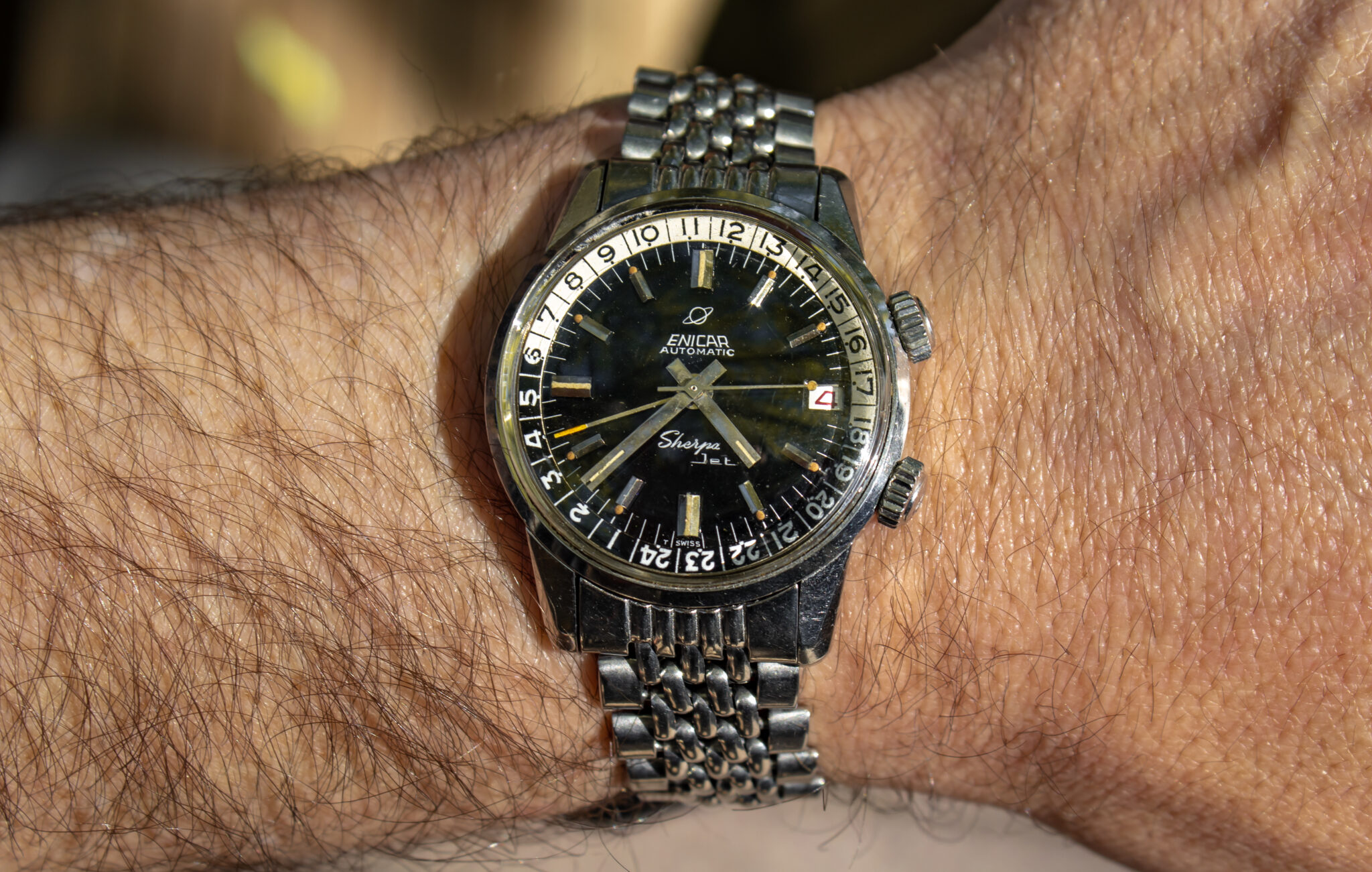
Fortunately, this example, which can be traced back directly to its original owner, survived its time in service and the decades thereafter in phenomenally strong condition. The watch comes paired on its original, Enicar-signed beads of rice bracelet. Most notably, one can still see quite clearly the engravings on the clasp. Somehow, Enicar’s Saturn signature and the naval aviator wings look quite natural together, almost in acknowledgement that the watch was destined for the wrist of a serviceman. The case remains unpolished, a huge factor in a watch with such prominent bevels. Both crowns are cross-hatched and feature the Saturn logo, correct for the reference/Sherpa Jets from that era. The dial and hands contain their original tritium lume which has aged to an dark orange/brown and is very attractive. The painted orange tip of the GMT hand has held up well over time. Finally, the Sherpa Jet signature at 6 o’clock is still quite clear, which is fortunate as the font choice is both undeniably cool looking and unique. I am not aware of any other watches that utilize the same, or even a similar, typeface, but the lettering calls to mind the badging on a Lamborghini Miura. Not bad company to keep.

At its core, vintage watch collecting is about recognizing objects that speak to us about the past and can help us understand how culture and the world around us has evolved over time. They demand that we respect those that came before us and how the past has shaped the world into what it is today. Whether we’re talking about a Calatrava with an engraved caseback or an Omega Seamaster that crawled through the mud of a swamp in the middle of Vietnam, I believe we are well served to think about and understand the context in which the watch was used. For this outstanding Sherpa Jet, I think it’s fair to say that there is something special in thinking about a U.S. soldier looking past a Rolex Submariner or GMT-Master, and an Omega Speedmaster or Seamaster, and instead opting for a watch that, while not the most popular, was well designed and would fit the demands of the job perfectly. To put it simply, it worked well, he liked it, and so he bought it, logo on the dial be damned. Sounds like the ideal profile of a vintage watch collector.





